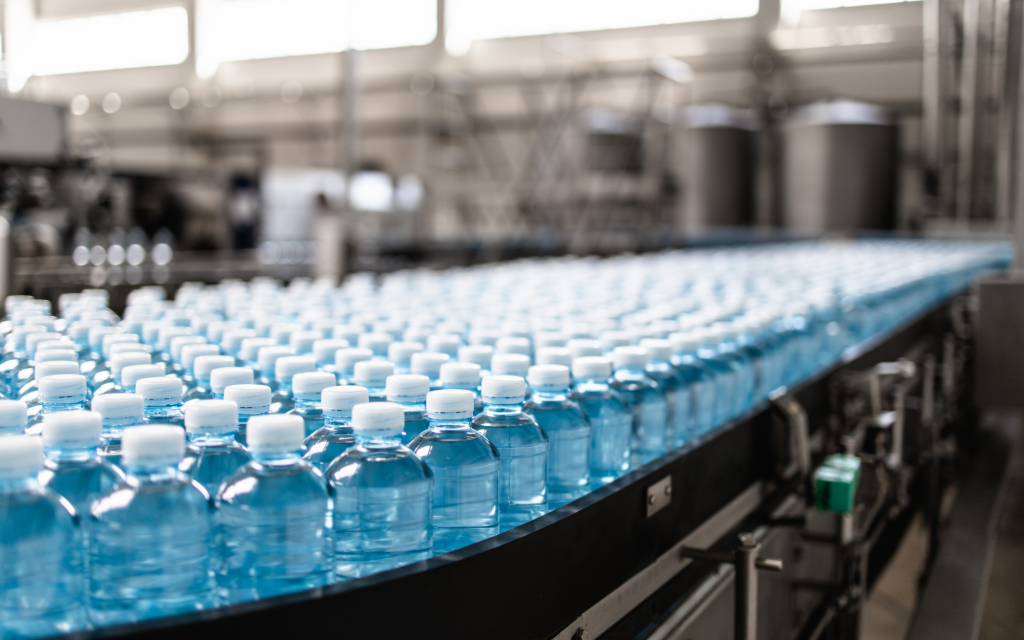Microplastic pollution is a serious issue, with the average person ingesting 5 grams of plastic per week.
In recent years, there has been growing concern about the presence of microplastics in our food and drinking water. These tiny particles, usually less than 5 millimeters, are released from various sources, such as plastic packaging, and synthetic fabrics.
The problem of microplastic pollution is complex and multifaceted. On the one hand, there is no doubt that microplastics are present in many of the products we consume, such as bottled drinking water, seafood, and even table salt. A 2019 study by the World Wildlife Fund found that the average person ingests about 5 grams of plastic per week, roughly the equivalent of a credit card. This is a sobering statistic that highlights the magnitude of the problem.
According to a study conducted by Orb Media, approximately 93% of bottled water contains microplastic contamination. The study analyzed a total of 259 bottles of water from 11 different brands and nine countries, including water from both plastic and glass containers obtained from the same source. The researchers used a fluorescent dye that binds to polymeric materials to identify particles larger than 100 micrometers in diameter, which is about the width of a human hair.
However, major bottled water companies have taken a defensive stance in response to the study. The International Bottled Water Association (IBWA) and several major producers have stated that the study is flawed and has not undergone peer review, although microplastics are a concern. The researchers had preconceived opinions on the matter.
Many beverage production facilities draw from the same municipal water supply as the general public. Although municipal water facilities implement rigorous treatment procedures to ensure public safety, these measures are usually not foolproof. Equipment failures, water main breaks, algae blooms, and other incidents can increase the risk of water contamination. Waterborne diseases are the leading cause of death worldwide, as stated by the World Health Organization (WHO), resulting in approximately 3.4 million deaths yearly.
Some may believe that the United States is exempt from these problems. However, in 2013-2014, the CDC reported 42 drinking water-related outbreaks in the country caused by infectious pathogens, chemicals, or toxins. During this period, there were 1,006 cases of illness, 124 hospitalizations, and 13 fatalities. Notably, the number of reported incidents has been increasing, with 32 outbreaks in 2011-2012 compared to 42 in 2013-2014. Notably, all 13 deaths recorded between 2012 and 2014 were due to Legionella.
In addition, an unexpected fact is that 75% of the 1,006 cases were related to community, government-regulated water systems. The CDC report identified eight outbreaks of diarrheal disease caused by parasites. Cryptosporidium (also known as crypto) caused five of these outbreaks while giardia caused the remaining three. The incidents classified as “environmental exposure outbreaks,” involved artificial systems such as cooling towers and decorative fountains.
Several industry experts predict a significant increase in the number of cases as subway water pipes approach or exceed their estimated useful life. The American Society of Civil Engineers estimates that water main breaks occur yearly at a rate of about 240,000, and American Water Works reports that deficient water infrastructure accounts for 44% of the nation’s total.

The health effects of ingesting microplastics are not yet fully understood. Research on microplastics has shown conflicting results regarding their potential harm to the body. Some studies have suggested damage to the digestive, immune, and nervous systems, while others have found no adverse effects. Most microplastics pass through the body without being absorbed, so their impact on our health is likely limited.
Although there is uncertainty among scientists about the effects of plastic particles on our health, this is a growing concern for beverage producers. The IBWA and the WHO are both taking action to address this issue. Plastic exposure and water infrastructure issues prompt urgent action. In the meantime, it’s up to the general public to ask questions, demand answers, and insist on properly treating everything consumed through advanced filtration and purification techniques.
Share: